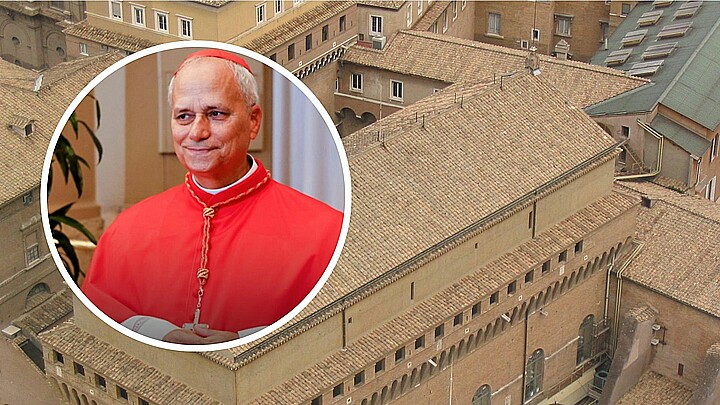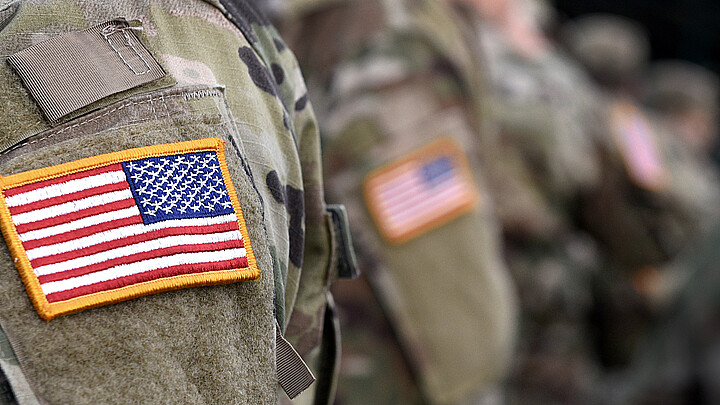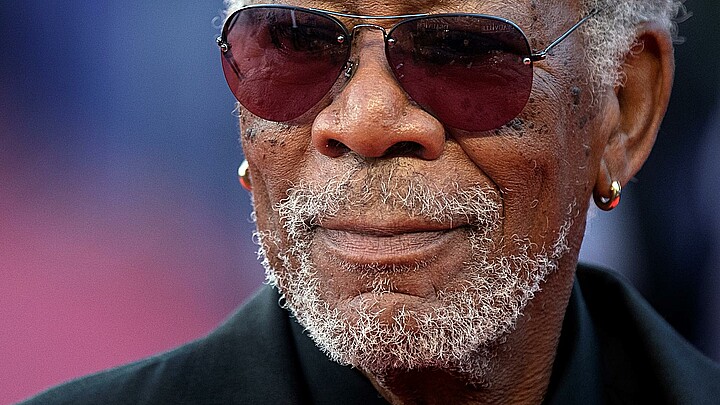Culture
The first Thanksgiving was actually a Hispanic affair
Across the country, family and friends gather around tables adorned with turkey, mashed potatoes, stuffing and other holiday staples and share what they’re most thankful for.
November 25, 2021 11:32am
Updated: November 25, 2021 1:20pm
In the United States, Thanksgiving is celebrated on the fourth Thursday in November of each year.
Across the country, family and friends gather around tables adorned with turkey, mashed potatoes, stuffing and other holiday staples and share what they’re most thankful for.
In school, children learn that this yearly ritual serves as a reminder of the first Thanksgiving, a harvest festival celebrated in Plymouth Colony in 1621 when Governor William Bradford and other pilgrims invited natives from the Wampanoag tribe for a three-day celebratory feast.
In a letter, pilgrim Edward Winslow describes the event, writing:
“Our harvest being gotten in, our governor sent four men on fowling, that so we might after a more special manner rejoice together … [There were] many of the Indians coming amongst us, and among the rest their greatest King Massasoit, with some ninety men, whom for three days we entertained and feasted.”
However, there is evidence that suggests that the first Thanksgiving in North America was actually a Hispanic affair.
On Sept. 8, 1565, 56 years before the pilgrims arrived at Plymouth Rock, Pedro Menéndez de Avilés and 800 Spanish settlers stepped foot on the coast of Florida, and amid the sounding of trumpets and artillery salutes, claimed the land in the name of King Phillip II of Spain.
Upon reaching land, the Spanish erected a cross and gathered around an alter to hear Father Francisco Lopez de Mendoza Grajales -- St. Augustine’s first pastor -- say a mass of thanksgiving.
Afterwards, Menéndez ordered a meal to be served and invited members of the native Seloy tribe to join him and his crew in celebration.
While the ritual mass of Thanksgiving was common among European explorers, historian Michael V. Gannon explained why the St. Augustine affair is so special. In his 1965 book “The Cross in the Sand,” Gannon writes:
“It was the first community act of religion and thanksgiving in the first permanent [European] settlement in the land.” The key word in that sentence was “permanent.” Numerous thanksgivings for a safe voyage and landing had been made before in Florida, by such explorers as Juan Ponce de León, in 1513 and 1521, Pánfilo de Narváez in 1528, Hernando de Soto in 1529, Father Luis Cáncer de Barbastro in 1549, and Tristán de Luna in 1559. But all of those ventures failed to put down permanent roots. St. Augustine’s ceremonies were important historically in that they took place in what would develop into a permanently occupied European city, North America’s first.”
Ultimately, U.S. history books will continue to tell the story of the pilgrims at Plymouth, and Americans will continue to think of the Mayflower as the first link between Europe and North America – but it is important to remember that the first Thanksgiving was actually celebrated by Hispanic immigrants just 300 yards north of the Castillo de San Marcos, at what is now the Mission of Nombre de Dios in St. Augustine.










